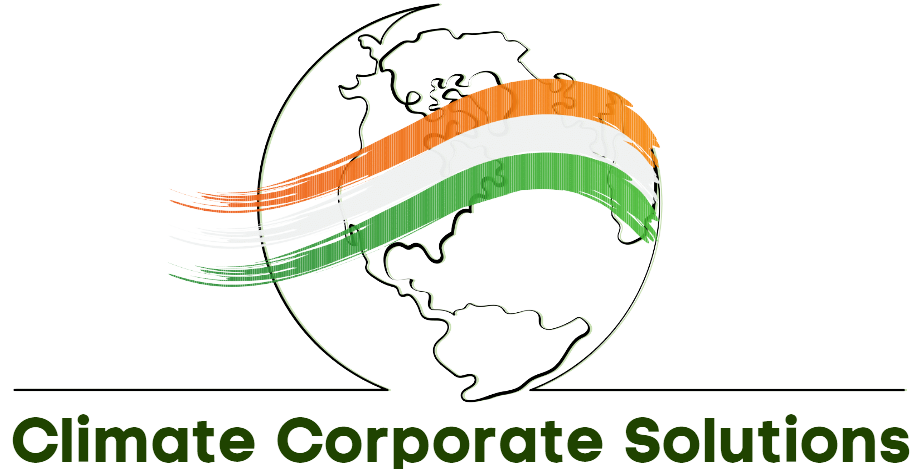
In the face of escalating global challenges, humanity’s collective actions, or the lack thereof, have brought the Earth to a tipping point. The recent Special Report from the United Nations’ Intergovernmental Panel on Climate Change (IPCC) starkly outlined that human-induced global warming has already reached about 1.0°C above pre-industrial levels and continues to rise at approximately 0.2°C per decade. Concurrently, other planetary crises persist, with the World Wildlife Fund (WWF) revealing a staggering 68% average decline in global wildlife populations between 1970 and 2016 due to human activities. Moreover, according to the United Nations Department of Economic and Social Affairs, more than half of the world’s population now resides in urban areas, leading to many socio-environmental challenges that call immediate attention.
To guide global efforts in addressing these daunting challenges, the United Nations has conceived 17 Sustainable Development Goals (SDGs) to achieve a more sustainable future by 2030. Each goal focuses on different aspects of sustainability, but they are all interconnected, embodying the reality that actions in one area often impact outcomes in others.
A recent poll conducted on LinkedIn delved into this intricate matrix of SDGs to identify which of these goals are perceived as most critical to address. The options presented were SDG 7 (Affordable and Clean Energy), SDG 11 (Sustainable Cities and Communities), SDG 13 (Climate Action), and SDG 15 (Life on Land). The following analysis outlines the result of this poll. It thoroughly explores these four SDGs, shedding light on their significance and the facts that underline their importance.
Understanding these priorities is paramount in our shared endeavour to build a sustainable future. We must remember that every small step towards these goals contributes to the grand narrative of global sustainability. Let’s delve deeper into these essential SDGs.
SDG 13, Climate Action, emerged as the top choice with 46% of the votes. The reason for this priority is apparent. The United Nations’ Intergovernmental Panel on Climate Change (IPCC) states that human activities have caused approximately 1.0°C of global warming above pre-industrial levels, likely to reach 1.5°C between 2030 and 2052 if it continues at the current rate. Addressing climate change is, therefore, an immediate and pressing issue, impacting everything from weather patterns to biodiversity and human livelihoods.
The second choice, with 24% of the votes, was SDG 11, Sustainable Cities and Communities. Today, more than half of the world’s population lives in urban areas. By 2050, this figure is expected to reach 68%, according to the United Nations Department of Economic and Social Affairs. This places enormous stress on urban infrastructure and resources, necessitating sustainable city planning, waste management, and energy use, and reduces air pollution for the well-being of billions.
SDG 7, Affordable and Clean Energy, came close to 23%. According to the International Energy Agency (IEA), around 770 million people still lived without electricity in 2019, with over 2.6 billion people without clean cooking solutions. Furthermore, the energy sector, including electricity, heat, and transport, produces about 75% of global greenhouse gas emissions. Therefore, achieving affordable and clean energy for all is essential for environmental sustainability and social and economic development.
Finally, SDG 15, Life on Land, was chosen by 11% of respondents. The World Wildlife Fund (WWF) reports that wildlife populations have fallen by an average of 68% since 1970, indicating a profound biodiversity loss. Land degradation, deforestation, and desertification devastate wildlife and humans relying on these ecosystems for survival. While it might have received fewer votes in this poll, the importance of SDG 15 should not be underestimated.
The poll results highlight the varying perceptions of the most critical SDGs. Yet, it’s important to remember that these goals are deeply interconnected. For example, achieving affordable and clean energy (SDG 7) is crucial to effective climate action (SDG 13). Similarly, creating sustainable cities and communities (SDG 11) involves considering the health of life on land (SDG 15). Therefore, while we can prioritize, every step toward these goals is towards a more sustainable, equitable world.


